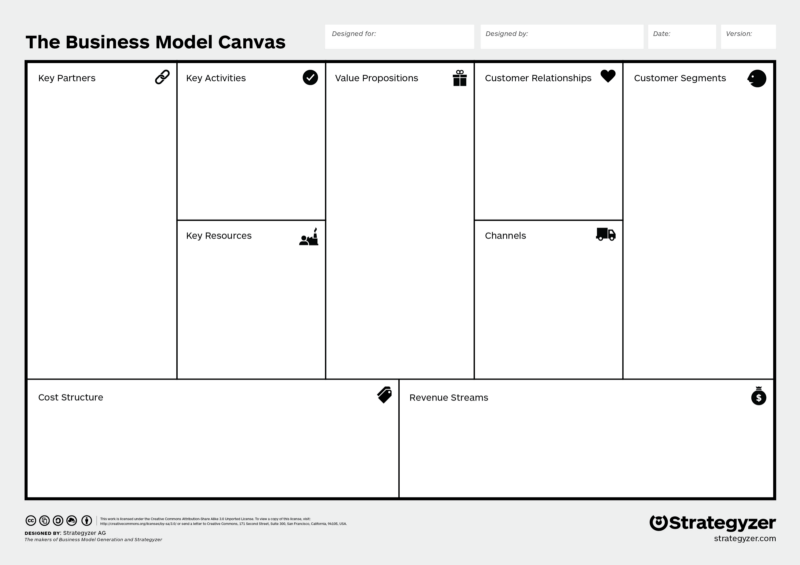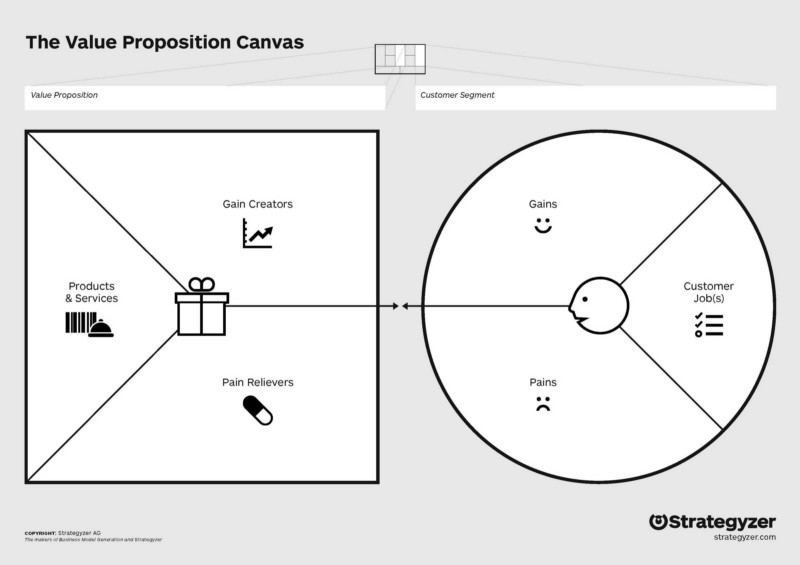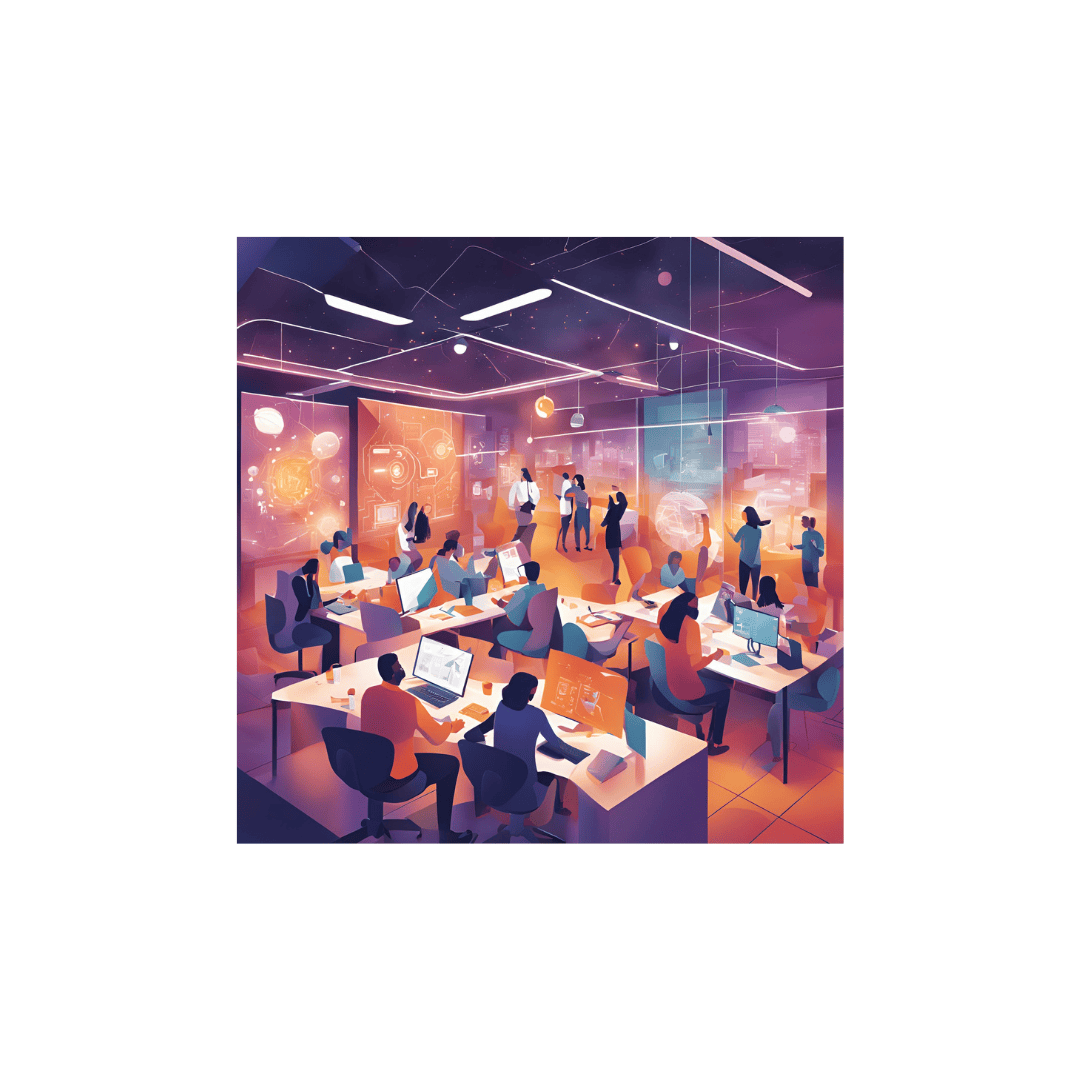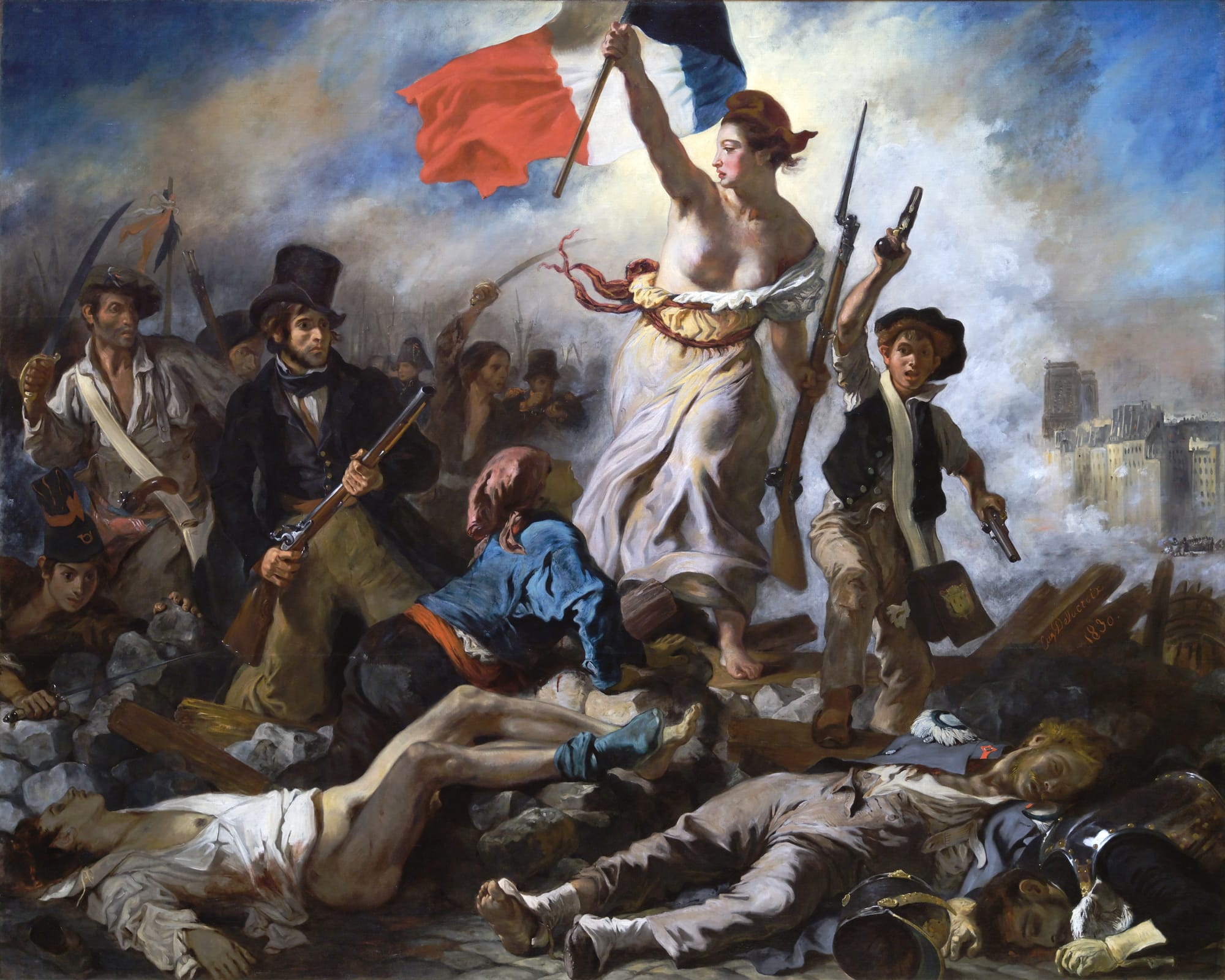What you can learn from designers that can benefit your business innovation.

Defining “Innovation” is a hard thing to do. There are so many points of views. I know it can be controversial to say that, but in fact, that explains the never-ending discussions around this topic. People have mental models, they have their own pre-existing beliefs, norms, and concepts by which they tend to see the world around them.
However, from my point of view, innovation is not a thing. It’s not a specific technology (aka Blockchain or AI), or a specific way of designing interfaces (aka Voice Interface or Conversational Interfaces), or a specific process in which you have to go through very specific steps in a linear way (aka the misused/misunderstood Design Thinking process). Innovation is not even a goal, and it should not be one. The risk of defining innovation as a goal is to focus only on the things I previously described.
Debunking The Innovation Misconception
When we talk about innovation, there are often the same examples that pop out from time to time. And excuse me in advance for specific-domain people, such as IT & Business guys, I know you’re great people.

Tesla or Apple are great examples I often hear, and it’s hard to remain still when some IT person explains that Apple or Tesla win over their market because of their technological advances. Same when a business person quote Steve Jobs when he basically said: “don’t listen to your customer, they don’t know sh**” — which is not the full story, by the way. He then explains to you that “people don’t know what they want”, and therefore, we have to come up with “brilliant ideas”.
Oftentimes, there is this huge misconception about innovation: mistaking it with R&D. Because for most people, R&D and Innovation are interchangeable concepts.
Same goes for business models and idea generation. In general, there is a tendency within organizations to see things only in one way: an inside-out process.
But did Tesla invent the car? Or the battery? Or even the electric car? No, they didn’t. They didn’t invent the ultra-connected car either. Same for Apple: did they invent the smartphone? or the touchscreen? Or even the App Store model? Nope.
At this point, you may think if something THAT important exists, it should be a secret buried deep underground. But the interesting part is that it’s one of the most accessible resources may have, unlimited, always available, and it’s right at your doorstep!
So what is it? What is this unbelievable secret that holds you from innovation? The answer is a deep understanding of the users, their context and their problems. In other words, user research.
What Apple and Tesla (and many others) are great at is understanding people pains, people mental models, and address it. For instance, Tesla understood that what people fear the most with electric cars is not having enough energy to go where you need to go. And all their strategy (at least at the beginning) was focus on addressing this HUGE pain point, i.e. by adding a big screen when you can clearly see the status of your car, a navigation system that ensures you pass nearby electric charging stations, etc. Everything to make you feel in control and confident.
Don’t get me wrong: technology does play a key role, but more as a medium. And keep in mind that it could have been done otherwise (i.e. with a different tech) without altering the promise. This is why the innovation does not lie into the medium itself.
Bonus #1: [Video] How Psychology & UX can supercharge your product by Joe Leech.
When UX Enables New Business Models
Industries are switching from an “inside-out” to an “outside-in” paradigm.
There are no secrets why most recent business frameworks, such as the Jobs To Be Done (JTBD), the Business Model Canvas, and the Value Proposition Canvas, focus the first part of their processes on Customer research (e.g. interviews) and are largely inspired by design methods.

For instance, the Business Model Canvas starts with the Value Proposition, which focuses on 1) discovering the customers' jobs, pains, and gains; 2) ideating on the product/service’s pain relievers and gain creators. Of course, these frameworks provide a much more dedicated process for business models generation. However, these frameworks share lots of common roots with other design processes. And it’s a good thing!

Bonus #2: Prof. Clayton Christensen on Customer Jobs-To-Be-Done.
Conclusion
Innovation may have many different definitions depending on one’s point of view, however, latest business frameworks acknowledge the importance of proper user research at the beginning of the process. UX practitioners have relevant expertise in this field and can definitely help businesses generate innovative solutions.
Thanks for reading!
Like what you just read?
Give some claps 👏👏👏👏👏👏 and hit the follow button!













Discussion